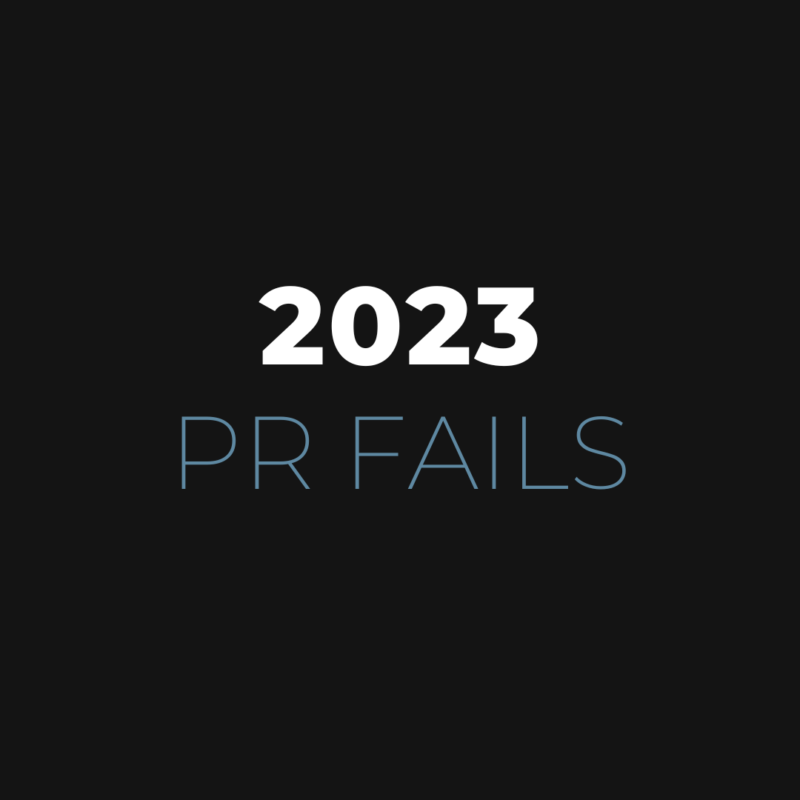The Analytical Side of PR
Like many communications professionals, math is not exactly my strong suit. I might have even chosen to major in public relations because the coursework only required two math classes. I mean…maybe.
I love my job because I love to write. What I didn’t know (and didn’t learn) in college was just how analytical the communications world can be. And what I never could have expected is just how much I would LOVE the numbers behind the words!
My first exposure to analytics was during one of my internships. We kept detailed clippings reports of our clients’ media exposure, and measured the value of the clippings based on the ad rates associated with the outlets. Now, there is a great divide in the public relations community about whether this is really the most effective means of communicating the value of PR, but bear with me. There is so much more to the analytics of the industry! I’ll outline a few of the analytical tools I enjoy so much here. Did I forget anything? Leave it in the comments. I’m always looking for more PR numbers!
Website Analytics
If your website doesn’t have analytics, you’re missing out. The Google Analytics platform is free and just requires inputting some code into the back end of the site. (Don’t ask me exactly how that works…code is still a foreign language to me!) Google will track and report more information than you ever knew you needed, including:
- Number of visits and unique visitors
- Bounce rate (how many people land on your site but immediately leave)
- Time spent on the site
- Search terms used that led to a site visit (particularly useful to track search engine optimization!)
- A breakdown of visits, including direct traffic (typing in your URL), referral traffic (clicking your link from a third-party site) or search traffic (from search engines like Google)
Google will also allow you to compare different time periods and show the percentage changes in certain search terms or numbers. This is especially useful to track media mentions, website changes or other tactics.
Social Media Analytics
If you’ve ever talked to me about social media, you know I’m not the biggest fan of Twitter. That’s primarily because since they launched six years ago, they’ve done very little to change or improve their platform. The big gaping hole for me is that they don’t offer analytics! Facebook and Pinterest both offer some insight into their platforms, and it’s a fantastic tool for business!
Facebook, for example, will begin sharing lots of public information as soon as your page reaches a threshold of at least 30 fans. If you’re worried about your privacy when you like a page, don’t be. The information is all general in nature, such as a fan’s average age, gender and the “virality” of each post you make. (That’s a Facebook term for a percentage derived from how many people interacted with your content divided by how many people actually saw it.)
Social media analytics really provide unique insight into your true demographics because people really have to make an effort to find and interact with your business. They’re your champions, and they’re potential ambassadors. Pay attention to what they like, share, repin or comment on.
What the Experts Say
There are lots of studies that provide information on the demographics of various platforms, how people use social media and the best methods for targeting your audiences. Here are a few fun facts:
- Mashable published an eye-tracking study in 2011 showing that content on top, profile pictures and who you know gets noticed. Check out the infographics here.
- A lot of times, people don’t even finish the online articles they start reading! Slate recently published an article discussing the (not so surprising) phenomenon here.
- Pinterest is the Web’s hottest new platform. Obsidian PR and Research Dynamics discovered that in our 2012 Mid-South social media survey. Clickhere to get more information on our findings.
- Looking for more insight? Check out VisiStat. The company offers a more in-depth look at your website traffic than Google Analytics, including traffic as it’s happening.
Still not sold on analytics? I’ll issue the same challenge most diets or beauty products offer: try it for a month or two, and then see if you can live without it. I know I can’t. Long live analytics!


